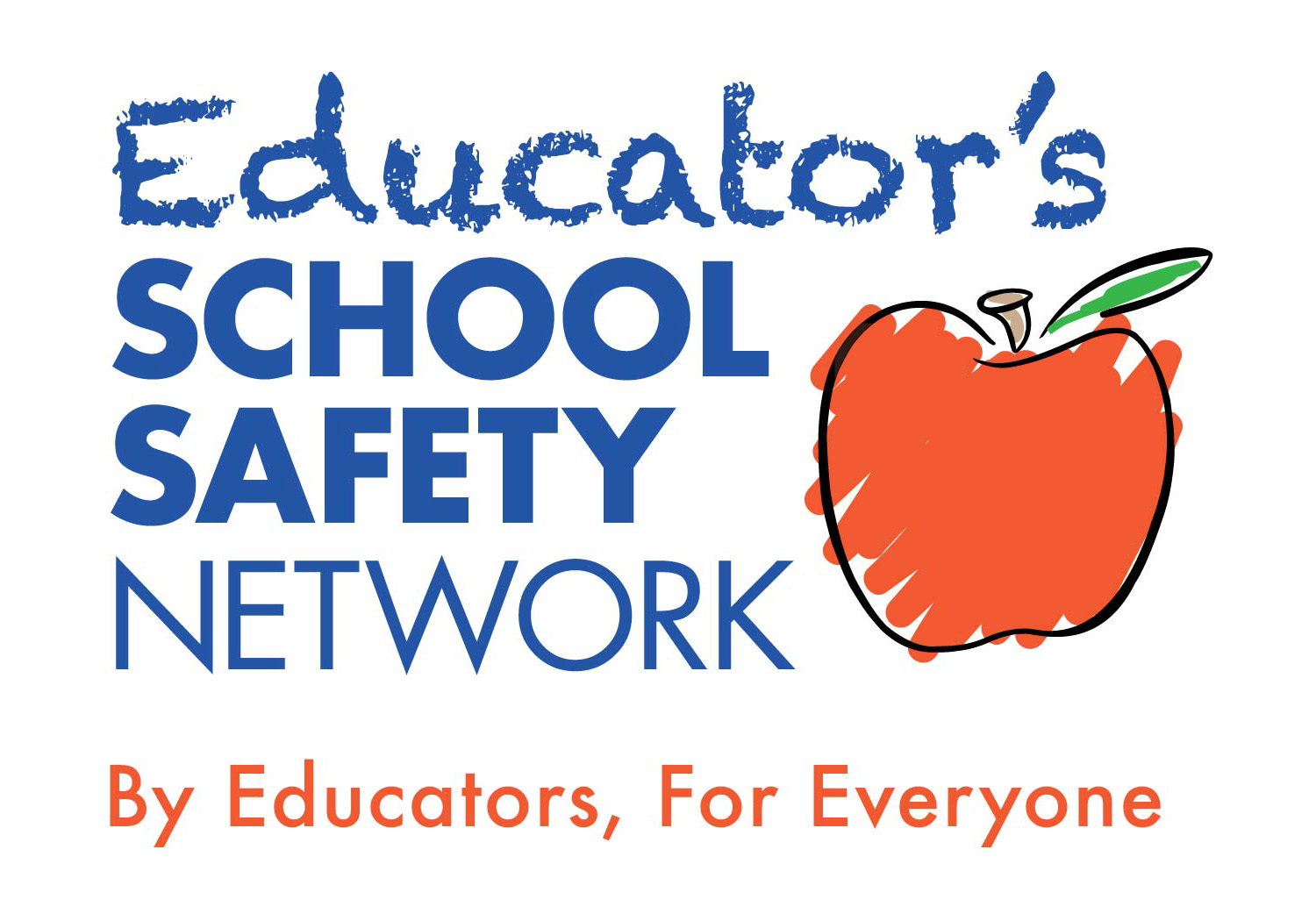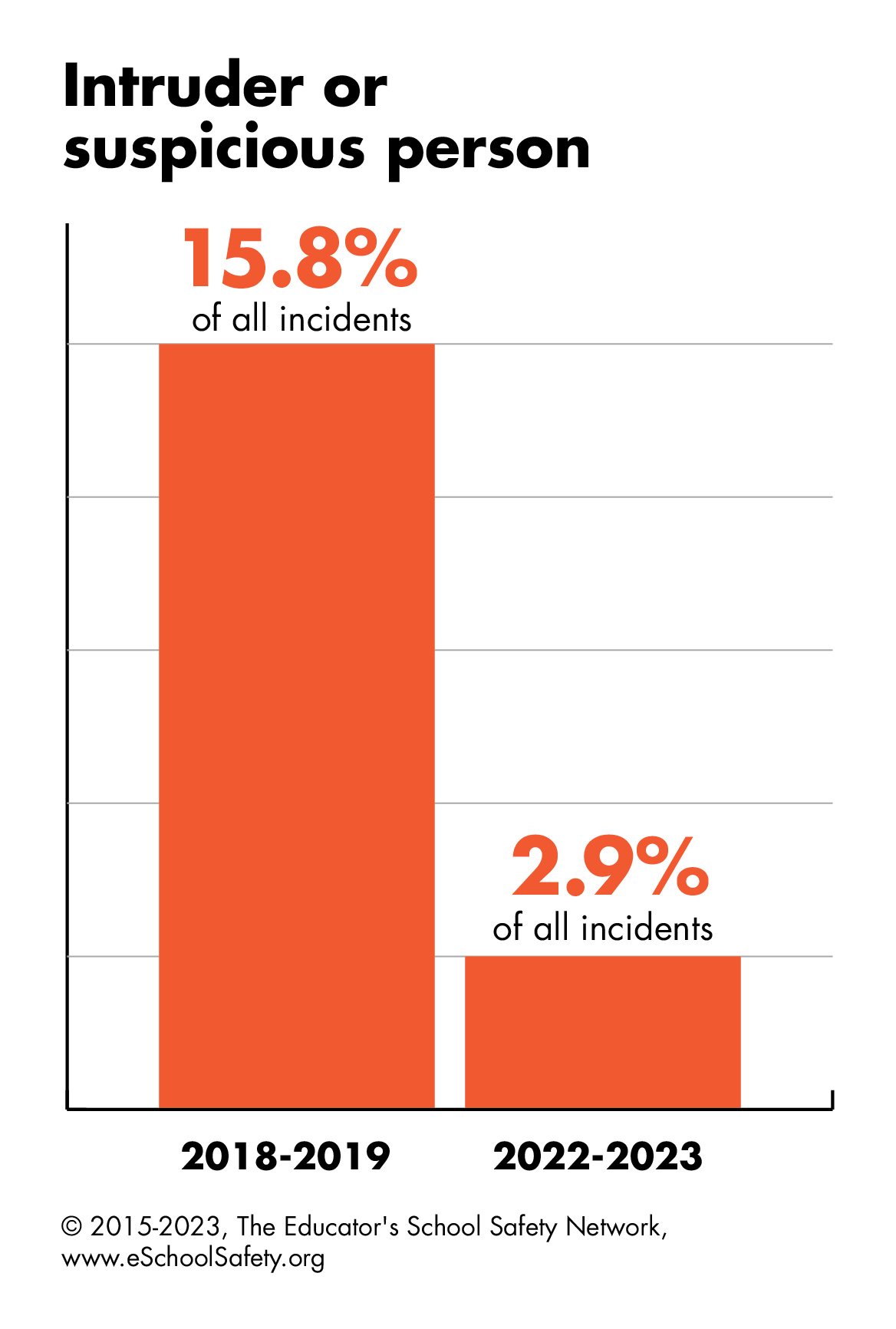2022-2023 Violence in Schools Report
Overview and Summary
In the 3 years since the release of our last report on violent threats and incidents in schools, there have been seismic shifts in the political, cultural, and educational landscapes. The impact of the Covid-19 pandemic, and the extensive, extended school closures that resulted from it, have had a massive impact on all school stakeholders, but most significantly on students. The social-emotional, academic, behavioral, and mental health challenges that have arisen in the wake of these unprecedented events can be seen in the data collected for this past school year related to violent threats and incidents.
As schools struggle to return to “normal” operations and deal with the aftermath of the pandemic, there is a critical need to move beyond speculation and anecdotes about school safety to a data-based analysis of the threats and incidents of violence that have occurred in K-12 United States schools during the 2022-2023 school year. As the country returned to fully reopened schools in a more “typical” school year in the fall of 2022, The Educator’s School Safety Network (ESSN), a national non-profit school safety organization, returned to the work of compiling the most current information on threats and incidents of violence in America’s schools.
In addition to, or perhaps because of, the high levels of anxiety, fear, and chaos present as schools re-opened, incidents of false reports that began to emerge late in the 2018-2019 school year dominated the safety concerns of schools in the 2022-2023 school year. As noted in the key findings of this report, a staggering 63.8% of all violent incidents in schools this past year were responses related to false reports of an active shooter in the school (commonly called “swatting”).
Key Findings
The most frequent violent incident in the 2022-2023 school year was a false report of an active shooter (Swatting).
2. The presence and/or threat of gun-related violence continues to have a significant impact on schools.
While false reports were the most common incident schools faced, the presence and use of actual firearms on school campuses were the second and third most frequent events:
● The presence of a gun on campus comprised 8.6% of all incidents
● A shooting of some sort on campus comprised 7.9% of all incidents
There were 55 shootings on a school campus, either during or after school hours, accounting for 7.9% of all violent incidents in 2022-2023. This is a 139% increase from the 2018-2019 school year when 23 shootings comprised 6.1% of all violent occurrences.
Because of the potentially out-sized impact of false reports or swatting on violent incidents, it is also important to examine gun-related violent incidents alone. When the false report incidents are removed from the calculations, the 125 incidents related to guns (shootings, shots fired, or gun found) comprised 49% of violent incidents (other than swatting) in 2022-2023. In 2018-2019 the 91 gun-related incidents (other than false reporting) accounted for 29% of all incidents. This is a 69% increase from 2018-2019 to 2022-2023.
In other words, with or without false reports in the calculation, gun related incidents increased in the 2022-2023 school year and (after swatting) were the second most common incident schools experienced.
Because of the frequency and scope of swatting incidents, media reporting tended to be consolidated by region or area, not by specific school district. As a result, it is highly likely that the actual number of schools impacted by swatting incidents is significantly higher than what can be reported here.
One compelling explanation as to why swatting or false reports were frequent and effective centers on the manner in which these attacks weaponize both perceptions and visceral fears related to violence in schools. The underlying belief that schools are unsafe, and the specific fear of an active shooter are rooted in the bitter reality that while rare, school shootings do occur in the United States with unacceptable frequency and devastating consequences.
In our last report for the 2018-2019 school year, we reported that “Commonly held beliefs, parent and student fears, and the prevailing media narrative all say that the most likely threat a school faces is that of an active shooter. Although such events are horrific, data indicates these tragedies are exceedingly rare.” While this is still true in the 2022-2023 school year, unfortunately a false report of an active shooter that required an immediate, typically traumatizing response, is far and away the most common incident that schools had to face.
3. As in prior years, schools also faced an array of different types of violent incidents in the 2022-2023 school year.
The most common incidents tracked in the 2022-2023 school year involved the use, presence, or false report of the use of firearms. It is important to note, however, that violent and aggressive behavior, along with the use of weapons other than firearms, also impacted schools at rates similar to previous years.
As noted previously, it is highly likely that the frequency of and focus on swatting events resulted in under-reporting of other violent incidents which may have been deemed as less newsworthy.
One trend that bears watching is the increase in violence that originated outside of the school spilling over into, and impacting, the school campus. In 2018-2019, less than 1% of the violent incidents that occurred in a school were brought into the building or campus from an outside source. In 2022-2023, that rate increased to 4.9% of all the violent incidents.
At the same time, there was a significant decrease in incidents involving suspicious persons or intruders. In 2018-2019, 15.8% of all incidents involved a report of an intruder or suspicious person. In 2022-2023 that percentage dropped to 2.9%, an 81% decrease.
The decrease in reports of suspicious persons may be due to an actual decrease in the number of intruders, or because ineffective visitor screening and/or engagement simply failed to identify or stop them. The increase in outside violence coming into the school is certainly connected to an outside, unreported individual’s ability to enter the school and commit violence.
To read the rest of the findings, download the full report by clicking the button below
For Media Inquiries:
Amanda Klinger, Amanda AT eSchoolsafety DOT org
Dr. Amy Klinger, Amy AT eSchoolSafety DOT org








